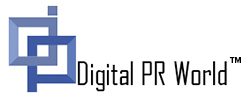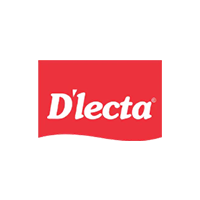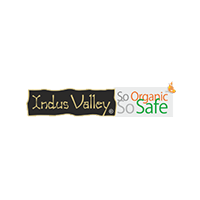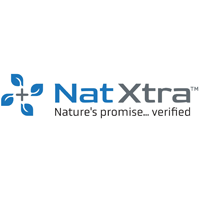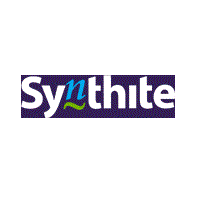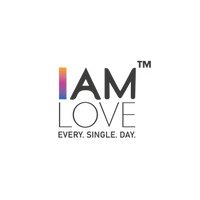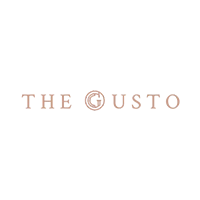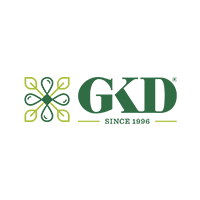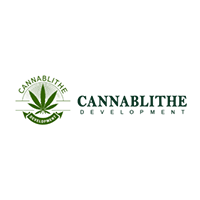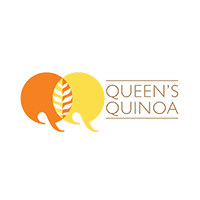TRADITIONAL PR
Traditional public relations are diverse, such as event coordination, crisis communications, reputation management, trade shows, sponsorship opportunities and press release distribution. The most prominent initiative of traditional PR is press outreach with special focus in traditional media outlets such as newspapers, television and radio. Professionals who work at traditional PR Agencies & Firms have huge media contacts & they engage with often who are familiar with their clients.
PROCESS OF TRADITIONAL PR
Traditional PR can be very successful in terms of increasing brand awareness. Traditional PR is focusing on brand positioning within a media placement. Traditional publicists will be looking to see how their client is portrayed, how the messaging is communicated and how many times the brand is mentioned throughout the placement. Traditional PR is much more about media placements of the client; for this PR Agencies have diverse tactics that work best for your business. PR campaign is still relevant in Traditional PR in this new media market. Positive, extensive brand building will be the main role of a traditional PR and this is something that will always be worth it.
DIGITAL PR
Digital PR is a tactic used by brands to increase their online presence through building relationships with key content writers and online journalists. Digital PR increases a brand’s reach and visibility through effective onsite SEO, driving increased referral traffic. Digital PR is the able to build connections with bloggers and influencers, who are key players in the digital space.
PROCESS OF DIGITAL PR
Digital PR specialists will often have established relationships with bloggers in a given industry who they work with regularly and will share their content often. This can be in a blog post with followed links, impacting the client’s website’s domain authority or social shares. While a digital agency may not emphasize elements of traditional PR, like event planning and trade shows, it will have its own unique set of benefits. Digital PR uses measurement tools like Google Analytics to track the power of a digital placement. Google Analytics allows you to track how many users on a website are clicking a link to your client’s site. You can completely track the user’s experience from first clicking the link within a placement through to the brand’s site and how they engage with the site.
DIGITAL PR TAKE OVER TRADITIONAL PR
PR has changed massively; it is just not about media relations and fermenting out. PR Strategy is now Converging with Content Marketing.
Some Examples:
- L’Oreal run the popular website Makeup.com where visitors need to go to the very bottom of the site to find any mention of L’Oreal. It is a site made up of videos, news and other sharable content, people don’t do so much investigation to find out who owns it is just a non-branded content hub where L’Oreal the opportunity show their products without an advertisement.
- L’Oreal owns a ton of brands, like Maybelline, Essie, Urban Decay, and Lancôme. It’s PR genius because L’Oreal gets loads of engaged visitors every time their content is shared.
- LEGO has patterned their entire YouTube channel on engaging children in content, rather than in advertising to parents. Fun videos, web episodes, and movie tie-ins appear on the page. LEGO’s content helps the children to engage with their product.
DIGITAL PR: Content Marketing, Social Media and Search
Not only that, but we can now use social media, blogs, reviews and content to not just share news, but CREATE DIALOGUE. Connect. Repurpose + Value = Content Marketing.
Indeed, content marketing heavily involves social media. And, of course, in social media, marketers use content to get their messages across. When marketers operate social media campaigns, they are operating inside of Facebook, inside of Twitter, inside of Google+, etc. As they produce content, they place it inside of these networks.
Social Media Marketing and Content Marketing is used in multiple purposes. Social Media is used for brand awareness — generating activity and discussion around the brand. Secondly, it is used for customer retention/ satisfaction.
For an example a single Press Release can be re-purposed into a blog post, a LinkedIn news update, a post on a Facebook page. One piece of content or article can spread to multiple mediums. Instead of simply putting the press release on the wire, turn it into a blog post that connects the news to an engaging viewpoint; we should use it or dive into a spicy Q&A.
